Today's brands need personalization to stay relevant. In order to achieve true personalization at scale, you need to know more about your audiences - not just the individuals, but also the diverse groups. With segmentation, you can tailor experiences to different consumer needs and get a better understanding.
As commerce increasingly moves online, segmentation strategies are more important than ever for meeting customers.
What is Segmentation?
Segmentation involves analyzing customer data to identify common traits that can be used to cluster people into distinct subgroups, or segments. You might look at things like age, gender, locati0n, as well as interests, values, and lifestyles. After that, segments are named descriptively, like "Affluent Urban Professionals" or "Outdoor Enthusiasts."
The goal is to develop customer profiles so that you can better understand their motivations and serve them accordingly.
By bringing segments to life through fictional representative customers, personas go beyond segmentation. By giving segments a human face, like "Sarah, a 35-year-old marketing executive based in New York City," brands can imagine how different types of users might interact with them.
Everything from marketing messages to product features to shopping experiences is influenced by personas. When combined with segmentation, they're powerful tools for guiding personalization.
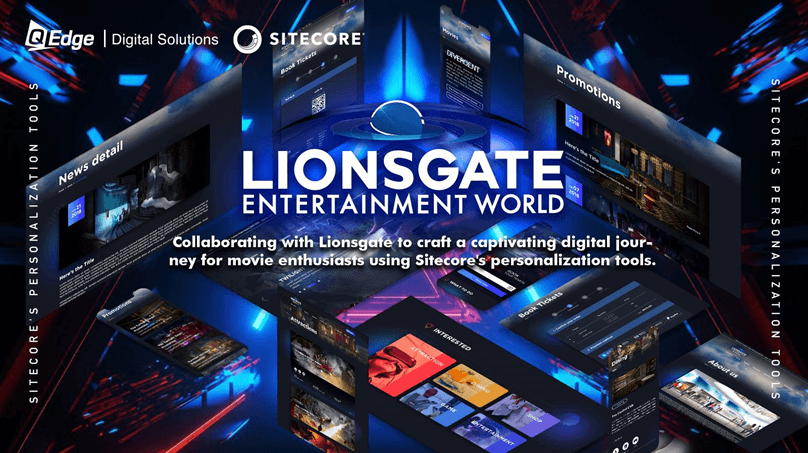
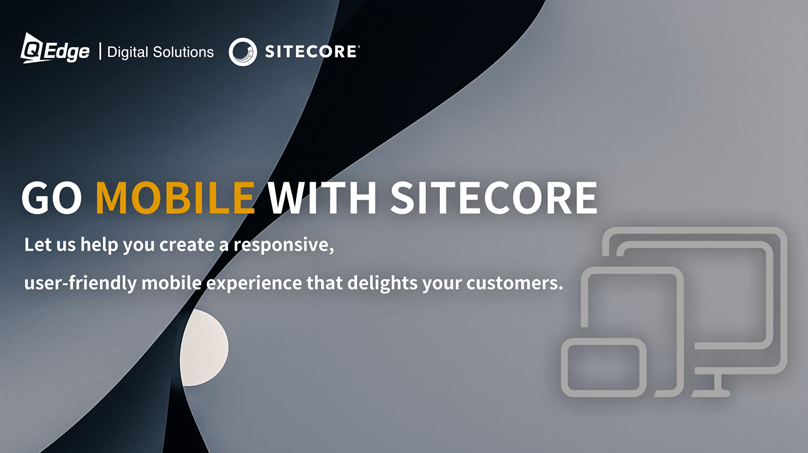
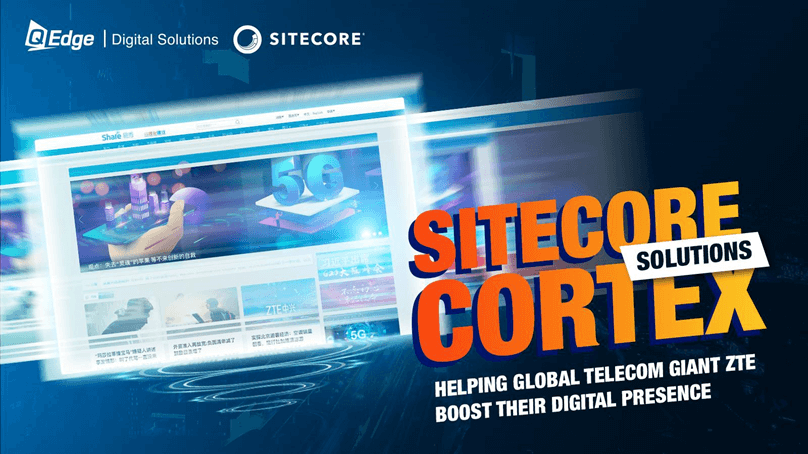

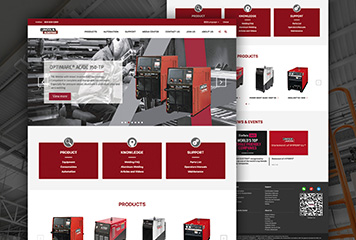
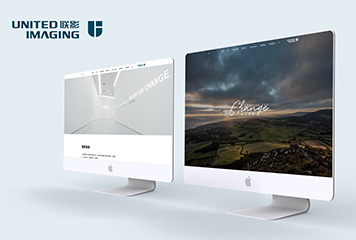
Digital customers are on the rise
Across all the digital channels customers use to research, buy, and service needs, they expect engaging, frictionless experiences.
A massive scale presents both a challenge and an opportunity for brands. With digital platforms, the consumer journey has changed, and segmentation is becoming more important to understand diverse audiences. Marketplaces and B2B buying online are two major shifts.
Amazon and other marketplaces have disrupted traditional retail by connecting buyers and sellers globally. Due to their exceptional curation, they're able to precisely target individual users and subgroups.
For brands, this sets the bar high for personalization. Segmentation becomes crucial both for optimizing on-site experiences and orchestrating cross-channel engagements that maintain relevance as journeys unfold across touchpoints.
Meanwhile, B2B commerce is undergoing its own revolution as Forrester predicts nearly a quarter of B2B sales will be digital by 2027.
Segmentation strategies must account for the blending of professional and personal in B2B decision-making, as well as the involvement of multiple stakeholders with differing priorities throughout purchase cycles. Data and profiles that illuminate these dynamics will be key to guiding personalized B2B experiences, communications and solutions.
Artificial intelligence: What it can do
Advanced data and AI technologies are putting true one-to-one personalization within reach. Solutions like Sitecore Discover leverage machine learning to dynamically tune interactions based on real-time behaviors, going beyond traditional segmentation to understand intent at the individual level.
But while AI enhances personalization, segments still play an important role in powering the orchestration of connected customer journeys across channels. They also enable AI to continuously learn from and apply learnings to larger groups.
Customer data platforms (CDPs) are integral to powering next-gen segmentation strategies. By collecting data across sources, unifying profiles, and activating them through segments in real time, CDPs facilitate 1:1 experiences both onsite and through omnichannel touchpoints.
When paired with AI tools, CDPs close the loop between individual interactions and population-level insights. They position brands to continuously optimize engagement by testing new segments, analyzing outcomes, and refining profiles and pathways accordingly.
A New Playbook for Commerce Success
Segmentation must be a dynamic, ongoing process rather than a one-off project. Continuous data feeds, fast-changing customer expectations, and the proliferation of personalization opportunities demand an agile yet comprehensive approach. Leveraging AI, CDPs, and other enabling technologies gives segmentation the fluidity needed to keep pace with evolving audiences and business models.
Whether primarily selling directly or increasingly leveraging marketplaces, serving B2B or B2C, operating regionally or globally – any commerce enterprise can gain enhanced understanding and connection through sophisticated segmentation paired with personalization powered by data. Strategies may start simply but must be adaptable to grow seamlessly as needs change.
For businesses of all types and sizes, segmentation provides the playbook for meeting digital customers where they are and guiding personalized engagements that will build loyal, profitable relationships both now and into the future.

